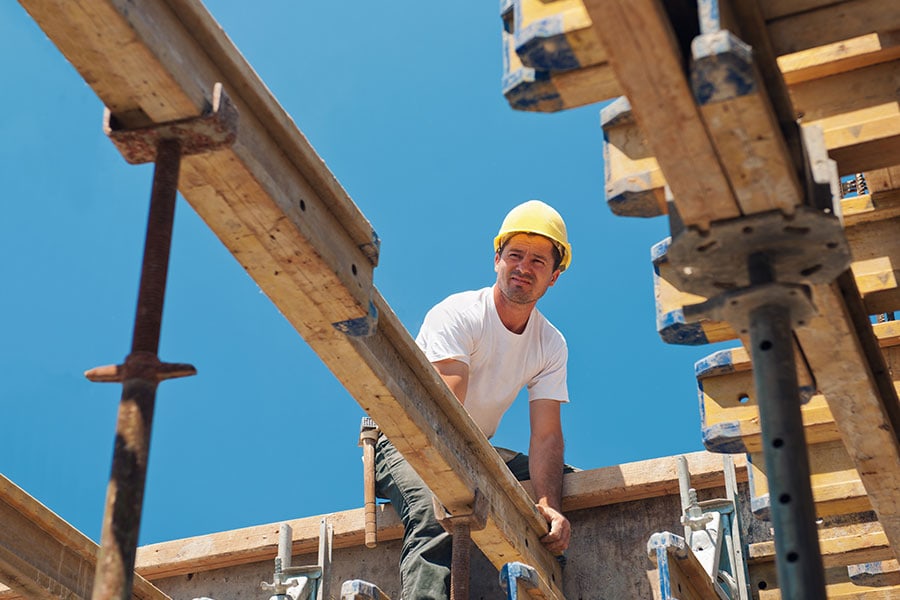The L.A. surge in building and construction is on, with some estimates that it has continued to skyrocket with 15% increases month-to-month and projections of nearly 10,000 new homes, built by 2020. In case you were wondering, the projected increase in just the last half of 2019 exceeds the numbers of homes built all year for each of the last two years.
That’s huge news, but there’s more to it than just the excitement that level of activity. It points to the fulfillment of the promise by Governor Gavin Newson that he would spearhead growth in construction to the tune of 3.5 million homes across the state by 2025. The goal of encouraging a construction boom is largely an effort to address the mounting housing crisis due to the astronomical costs to rent or buy a home in California. The economic benefits aren’t too shabby either.
Roots Causes of the Housing Crisis
The California housing crisis didn’t just happen overnight. It’s been building for 50 years, and this isn’t the first attempt to right the sinking ship. One of the biggest challenges has been the hotly debated Article 34 (1950), which required voter approval on new public housing projects. As predicted, the rule has continued to make it harder to build and find low-income housing.
Efforts have been made to repeal the rule and it’s also due to appear on the 2020 ballot, but as yet, every previous effort to repeal or challenge the rule in court has failed. The case against Article 34 was even brought before the US Supreme Court in 1971, and it was roundly defeated. Writing for the majority, Justice Hugo Black said that the rule was not unconstitutional even if it did disadvantage low-income residents. The case is seen as a major defeat in civil rights history, and it’s also remarkable because President Richard Nixon commented on the case by reiterating that the federal government would not force economic integration on communities.
In addition to Article 34, there’s also the “housing element” law, which was passed in 1967 as a way to require cities and counties to plan for enough housing to accommodate the projected population growth. Without requiring that they build the homes, the law does require that they zone enough to accommodate the growth in population.
Will the Building Surge Last?
With the challenges facing the LA building surge, it’s probably not surprising that most economists are predicting that it won’t last. In fact, the surge hasn’t even risen to the level that it would need to if it was going to fulfill Governor Newson’s housing pledge.
It’s true that construction has been building at record rates and L.A construction and contractors have been part of that, but many of those projects are wrapping up through the end of 2019. What’s also true, though, is that the housing shortage is so severe that it would take years to even begin to see the positive outcomes in terms of reaching the numbers that would bring to real relief to low-income residents. The growth throughout 2019 has also been tied to large projects in residential and non-residential building.
This is not the first time L.A contractors have seen a surge in residential building construction. In 2016, there was a flurry of activity by Los Angeles construction ahead of a vote on Measure S, which would have put an embargo on zoning changes for large-scale developments. That surge didn’t last long then either. There can be a flurry of activity when there’s danger of restrictions for local contractors, and then the return to something more like normalcy.
The Decline in Building Permits?
While the numbers have sounded great, and the unit openings doubled to 5,300, other indicators show an overall decline. If building and construction was really on a continued upsurge, the issuance of business permits would continue to rise (because a contractor needs that license for the build), but that’s not happening. So, the units opening now have been under construction. It’s a positive sign that nearly 28,000 new homes were under construction and that those are all scheduled for completion in 2021. The hope is that those new developments offer some relief to low-income residents.
One troubling side effect for the housing shortage for low-income residents is that some will become homeless. Just in the last year, the homeless population in Los Angeles County has grown to an estimated 58,936, with 36,000 of that number in the city alone. With the sheer scope of those numbers, it’s becoming clear that the housing crisis is a far more severe problem than we might want to imagine. The assumption that the homeless population is made up of mentally ill and addicted persons is being turned on its head as families, healthy adults, and young people are all found living in encampments.
The Un-fixable Housing Crisis?
At this point, it would appear that the housing crisis has no ready fix. It’s impossible. It just is the way it is. There are mitigating factors. We can talk about the problems, but ultimately, there are countless housing bills being introduced every year. So, there’s no shortage of concerned citizens who are talking about the problems. Perhaps, then, what is really needed is a higher level of public awareness to the issues, and then a grassroots effort to inspire the implementation of some solutions that will bring relief to low-income residents.
It’s very possible that the consensus will come up with solutions that are not perfect, or they may not go far enough, or they may only be a Band-Aid fix. With a combination of more housing, more affordable housing, greater subsidies for housing, and tenant protection (so low-income residents don’t lose their housing—perhaps a tenuous balance can be struck that will solve more problems than it creates.
Nobody ever pretended that it would be easy to fix the problem of poverty, homelessness, and inadequate housing overnight. Countless have tried and failed, but in their efforts to bring about change, if they, and we can jointly inspire a move in the right direction, perhaps we can agree to win a battle and continue to work toward the next battlefront on what has become a most-difficult war.


